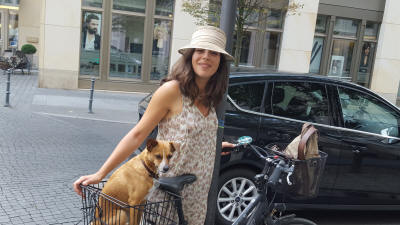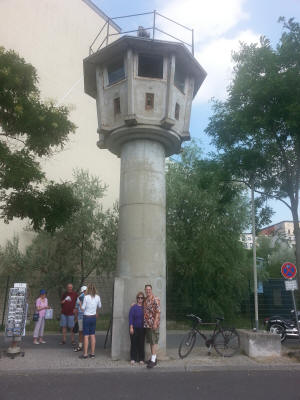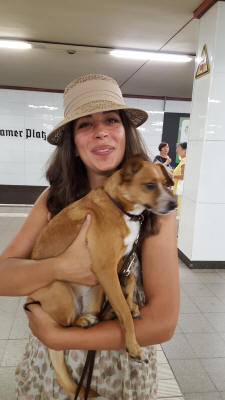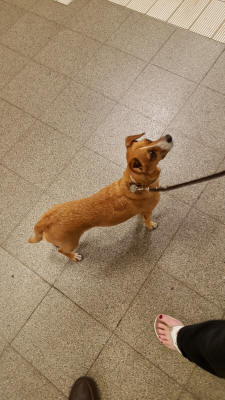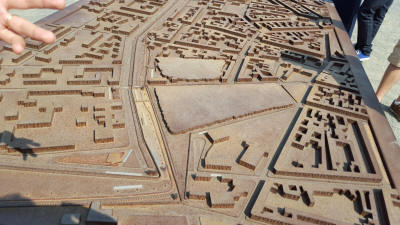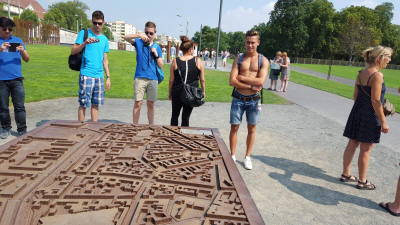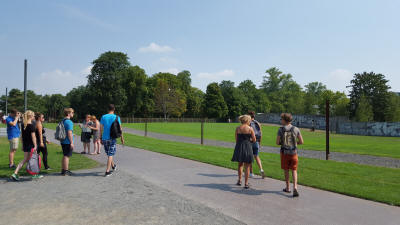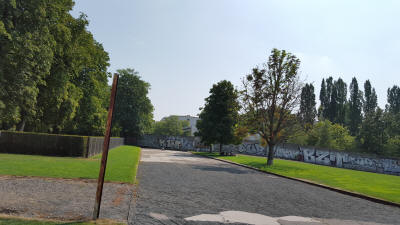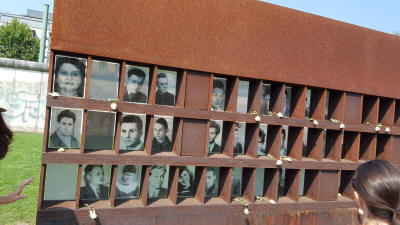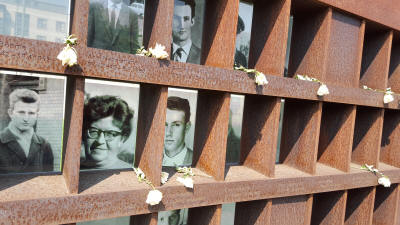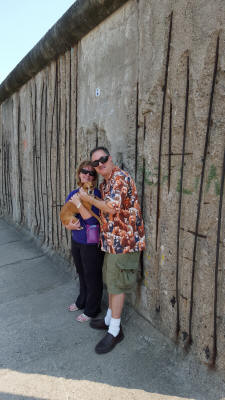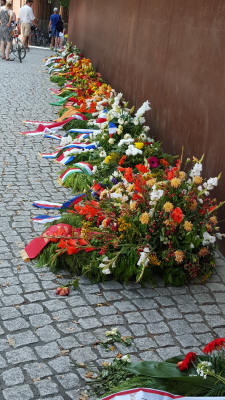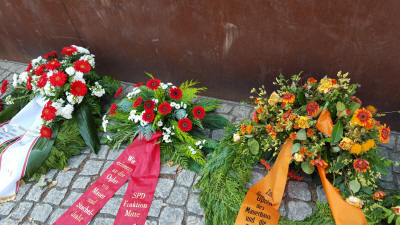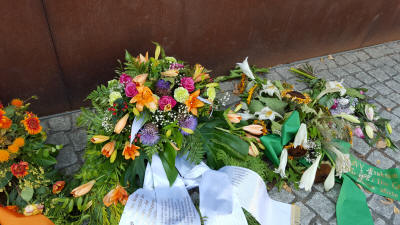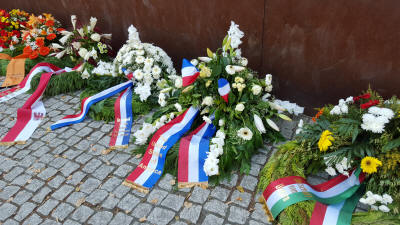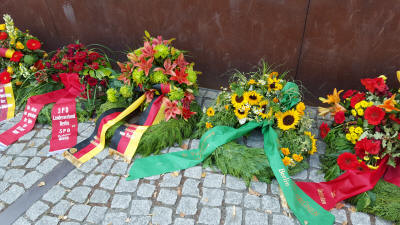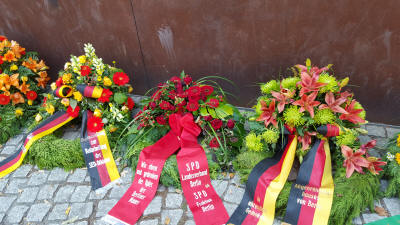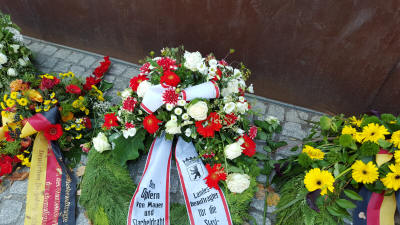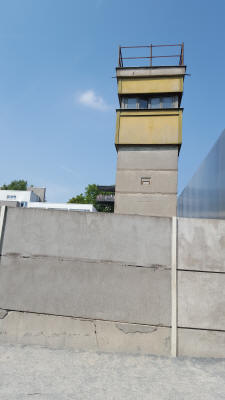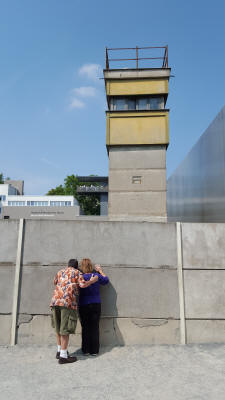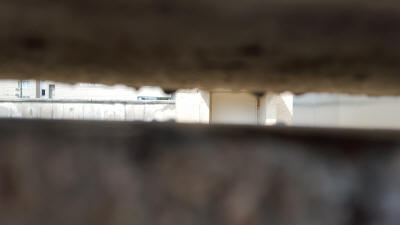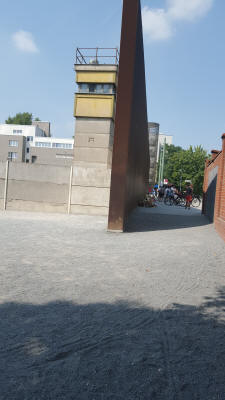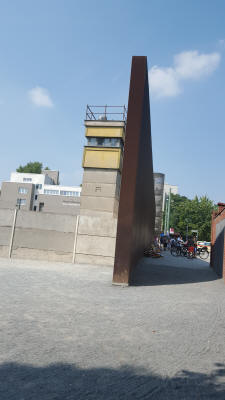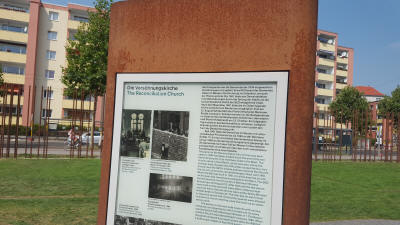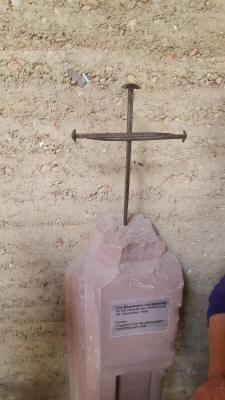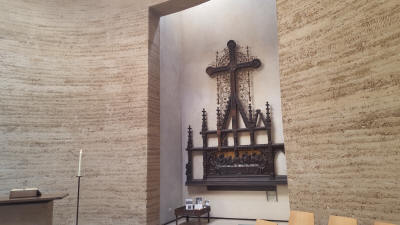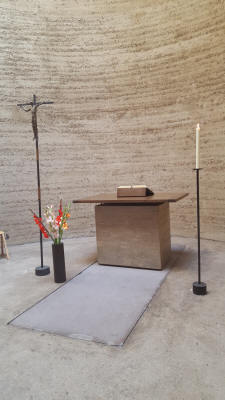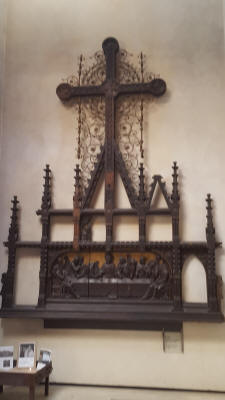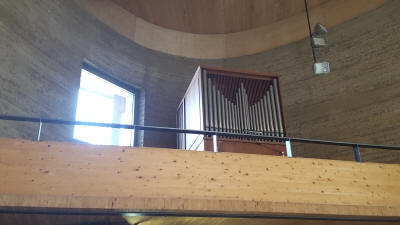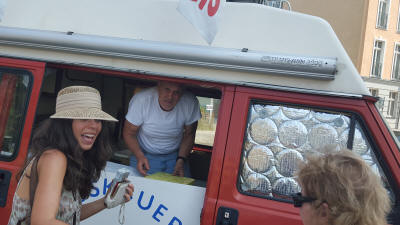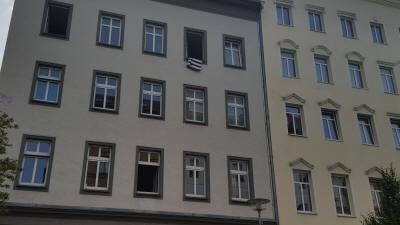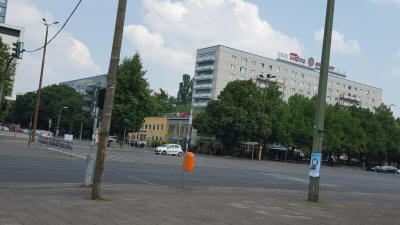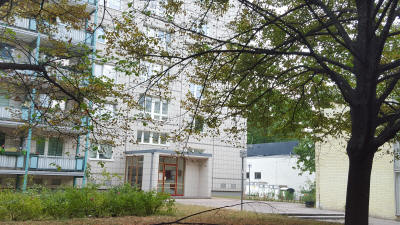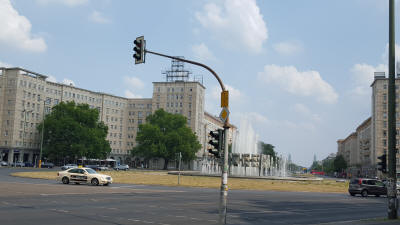The Berlin Blockade (1 April 1948 – 12 May 1949) was one of the first major international crises of the Cold War. During the multinational occupation of post–World War II Germany, the Soviet Union blocked the Western Allies' railway, road, and canal access to the sectors of Berlin under Western control. The Soviets offered to drop the blockade if the Western Allies withdrew the newly introduced Deutschmark from West Berlin.
In response, the Western Allies organized the Berlin airlift to carry supplies to the people of West Berlin, a difficult feat given the city's population. Aircrews from the United States Air Force, the British Royal Air Force, the Royal Canadian Air Force, the Royal Australian Air Force, the Royal New Zealand Air Force, and the South African Air Force:338 flew over 200,000 flights in one year, providing to the West Berliners up to 8,893 tons of necessities each day, such as fuel and food. The Soviets did not disrupt the airlift for fear this might lead to open conflict.
By the spring of 1949, the airlift was clearly succeeding, and by April it was delivering more cargo than had previously been transported into the city by rail. On 12 May 1949, the USSR lifted the blockade of West Berlin. The Berlin Blockade served to highlight the competing ideological and economic visions for postwar Europe.
